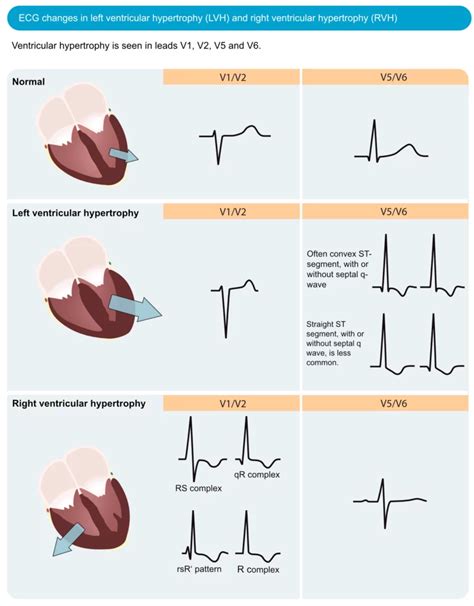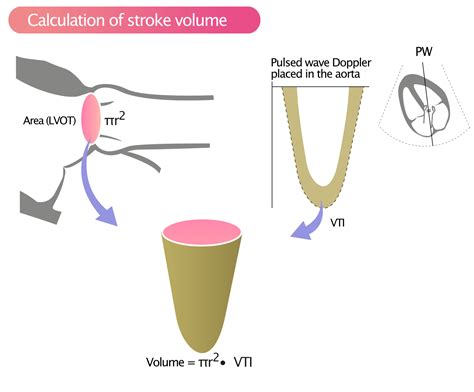lv function curve | left ventricular voltage function lv function curve LVEF, defined as the ratio of LV stroke volume to LV end-diastolic volume, is one of the most frequently measured variables in clinical practice. However, LVEF is an imperfect . Xem thêm: Game 2018. Assassin’s Creed Odyssey. god of war. Celeste. Dragon Ball FighterZ. Hitman 2. Marvel. Sẽ thật là thiếu sót nếu như bạn chưa được trải nghiệm qua tất cả 12 tựa game xuất sắc nhất năm 2018 này.
0 · left ventricular voltage function
1 · left ventricular function measurements
2 · left ventricular function function
3 · left ventricular function equation
4 · left ventricular function electrophysiology
5 · left ventricular function diagram
6 · left ventricular function chart
7 · left ventricular function calculation
Find many great new & used options and get the best deals for PSA 10 Garchomp C LV.X Pokemon Card Japanese 25th Anniversary Promo 2021 018/025 at the best online prices at eBay! Free shipping for many products!
Left ventricular function (LVF) is an extremely important parameter in echocardiography as it can alter in several diseases. LVF correlates with numerous clinical .The EDPVR curve shows that the left ventricle can withstand large pressure increases but at a certain threshold, pressure rises rapidly with further volume increases. This is explained by the .
LVEF, defined as the ratio of LV stroke volume to LV end-diastolic volume, is one of the most frequently measured variables in clinical practice. However, LVEF is an imperfect .Starling’s law, LV function curve, and alternative Starling’s curve. A variation to represent the central dogma of the Starling’s law of the heart is the LV function curve. 9 It deals with preload . Many aspects of left ventricular function are explained by considering ventricular pressure-volume characteristics. Contractility is best measured by the slope, Emax, of the end .A shift of the curve to A indicates that a higher left ventricular (LV) pressure will be required to distend the LV to a similar volume, indicating that the ventricle is less distensible. The slope of .
With 3D echocardiography, it is possible to obtain volume-time curves, time-derivative curves, and strain curves, which allow a more comprehensive analysis of both systolic and diastolic phases of the cardiac cycle.
This review focuses on the evaluation of LA size, LA function, and LA phasic function, and their specific role in evaluation of LVDD as well as consequent heart failure (HF) with preserved .
The primary function of the left ventricle is to provide sufficient cardiac output to maintain blood flow to other organ systems. Cardiac output results from systolic contraction of the left ventricle, which can be influenced by preload, afterload, and contractility. This classic ventricular function curve relates input of the heart (end-diastolic pressure in mmHg) to output of the heart (cardiac output in liters per minute). The ventricular function curve shifts up and to the left when ventricular systolic contractility increases. Left ventricular function (LVF) is an extremely important parameter in echocardiography as it can alter in several diseases. LVF correlates with numerous clinical symptoms such as the severity of dyspnea you can encounter in your patients. LVF is also a key prognostic factor in acute myocardial infarction.
The EDPVR curve shows that the left ventricle can withstand large pressure increases but at a certain threshold, pressure rises rapidly with further volume increases. This is explained by the existence of an upper limit for ventricular compliance. LVEF, defined as the ratio of LV stroke volume to LV end-diastolic volume, is one of the most frequently measured variables in clinical practice. However, LVEF is an imperfect measure of LV contractility, affected also by preload, afterload, heart rate, and LV geometry.
Starling’s law, LV function curve, and alternative Starling’s curve. A variation to represent the central dogma of the Starling’s law of the heart is the LV function curve. 9 It deals with preload dependence of the right (or left) atrial filling pressure (RAP) as an important governing parameter. LV end-diastolic pressure (LVEDP) has .
Many aspects of left ventricular function are explained by considering ventricular pressure-volume characteristics. Contractility is best measured by the slope, Emax, of the end-systolic pressure-volume relationship. Ventricular systole is usefully characterized by a time-varying elastance (ΔP/ΔV). ..A shift of the curve to A indicates that a higher left ventricular (LV) pressure will be required to distend the LV to a similar volume, indicating that the ventricle is less distensible. The slope of the LV end-diastolic pressure-volume relation indicates the passive chamber stiffness.
With 3D echocardiography, it is possible to obtain volume-time curves, time-derivative curves, and strain curves, which allow a more comprehensive analysis of both systolic and diastolic phases of the cardiac cycle.This review focuses on the evaluation of LA size, LA function, and LA phasic function, and their specific role in evaluation of LVDD as well as consequent heart failure (HF) with preserved ejection fraction (HFpEF).
The primary function of the left ventricle is to provide sufficient cardiac output to maintain blood flow to other organ systems. Cardiac output results from systolic contraction of the left ventricle, which can be influenced by preload, afterload, and contractility. This classic ventricular function curve relates input of the heart (end-diastolic pressure in mmHg) to output of the heart (cardiac output in liters per minute). The ventricular function curve shifts up and to the left when ventricular systolic contractility increases.
left ventricular voltage function
Left ventricular function (LVF) is an extremely important parameter in echocardiography as it can alter in several diseases. LVF correlates with numerous clinical symptoms such as the severity of dyspnea you can encounter in your patients. LVF is also a key prognostic factor in acute myocardial infarction.The EDPVR curve shows that the left ventricle can withstand large pressure increases but at a certain threshold, pressure rises rapidly with further volume increases. This is explained by the existence of an upper limit for ventricular compliance. LVEF, defined as the ratio of LV stroke volume to LV end-diastolic volume, is one of the most frequently measured variables in clinical practice. However, LVEF is an imperfect measure of LV contractility, affected also by preload, afterload, heart rate, and LV geometry.Starling’s law, LV function curve, and alternative Starling’s curve. A variation to represent the central dogma of the Starling’s law of the heart is the LV function curve. 9 It deals with preload dependence of the right (or left) atrial filling pressure (RAP) as an important governing parameter. LV end-diastolic pressure (LVEDP) has .
Many aspects of left ventricular function are explained by considering ventricular pressure-volume characteristics. Contractility is best measured by the slope, Emax, of the end-systolic pressure-volume relationship. Ventricular systole is usefully characterized by a time-varying elastance (ΔP/ΔV). ..A shift of the curve to A indicates that a higher left ventricular (LV) pressure will be required to distend the LV to a similar volume, indicating that the ventricle is less distensible. The slope of the LV end-diastolic pressure-volume relation indicates the passive chamber stiffness. With 3D echocardiography, it is possible to obtain volume-time curves, time-derivative curves, and strain curves, which allow a more comprehensive analysis of both systolic and diastolic phases of the cardiac cycle.

burberry mississauga
burberry her elixir de parfum notes

. Kas var būt labāk kā izkauties ar draugiem brīvdienu vakaros. Mortal Kombat 11 Ultimate - spēle ar pilnīgi visiem dlc un pie mums - par zemāko cenu Latvijā. http://gameplay.lv/product/ps4-mortal-kombat-11-ultimate/. Viss nopērkamas uzreiz, arī vakaros un brīvdienās.
lv function curve|left ventricular voltage function



























